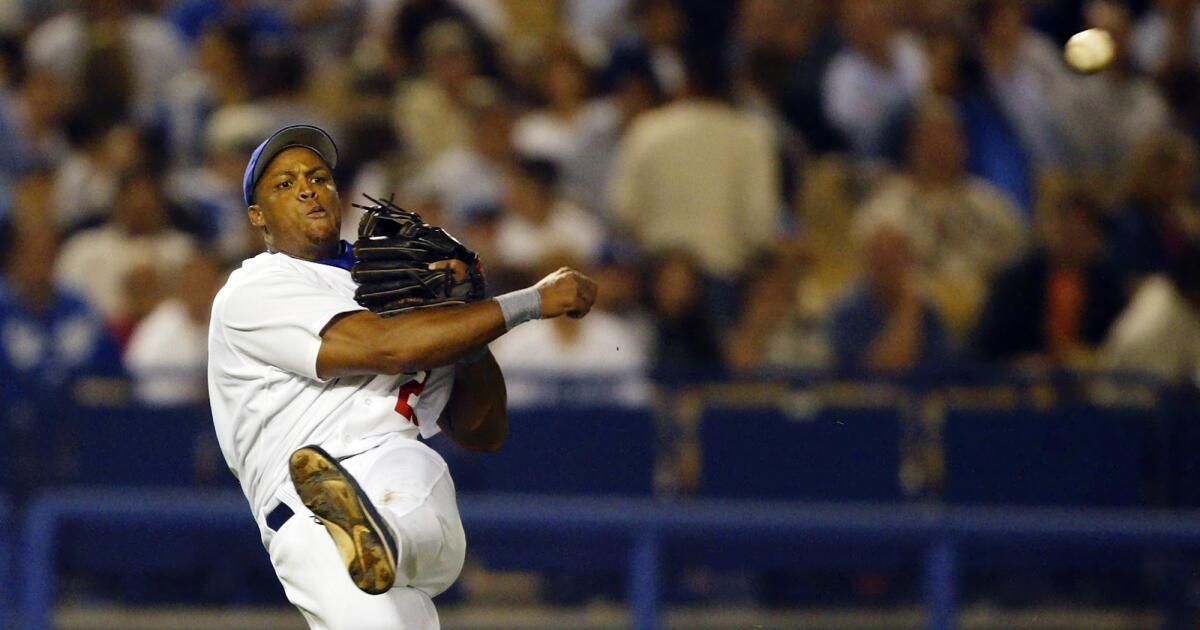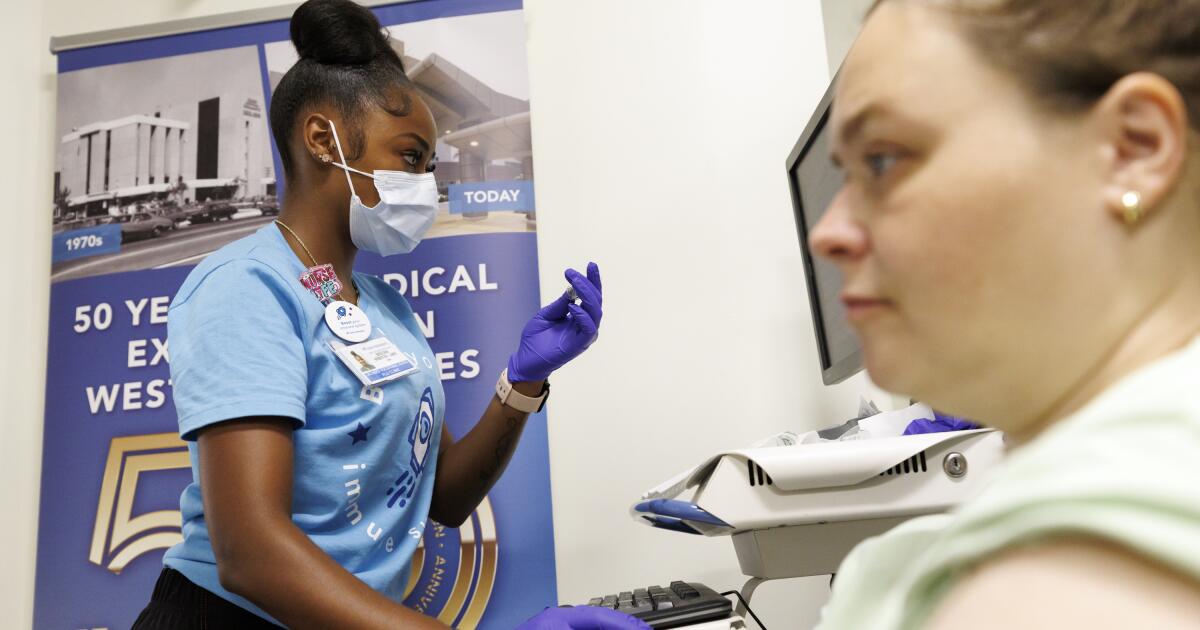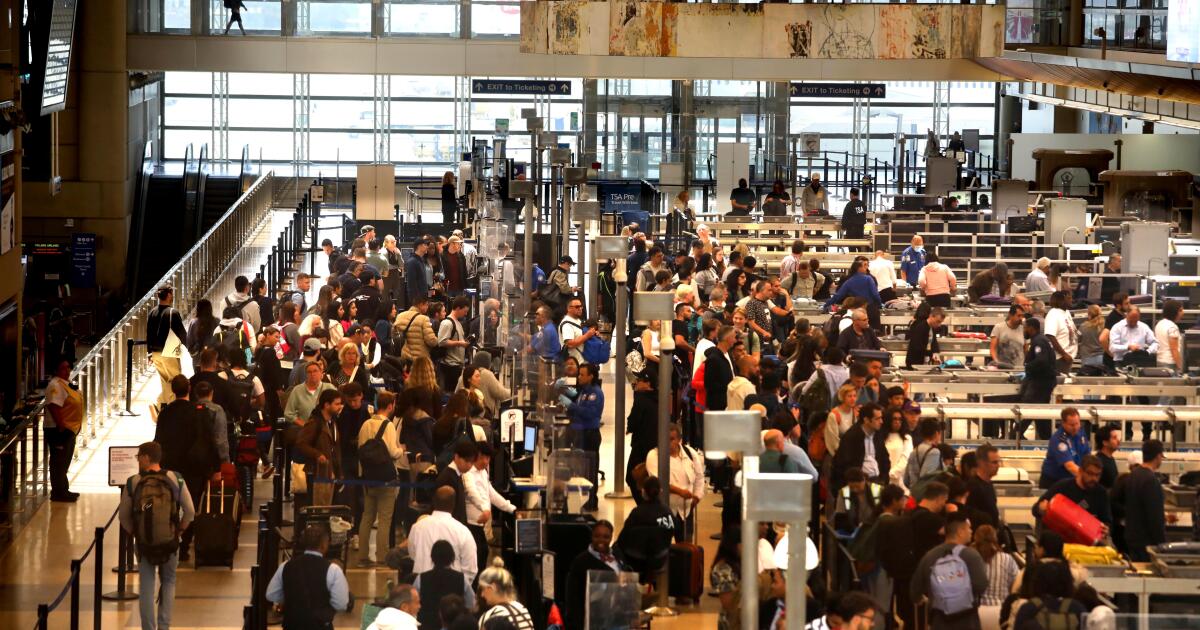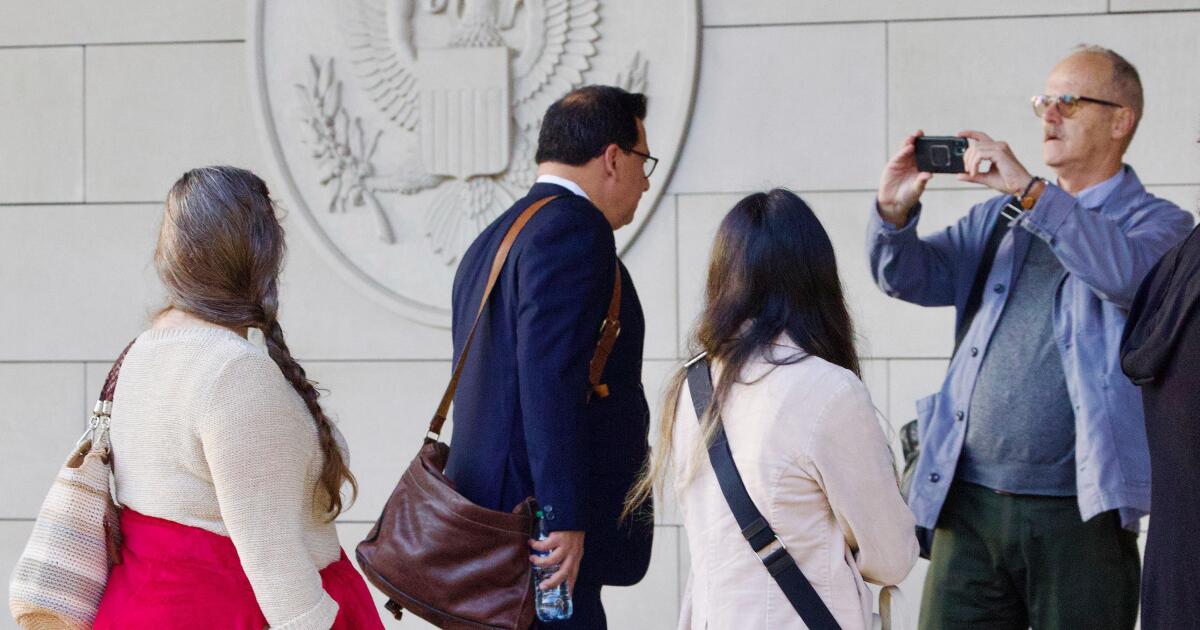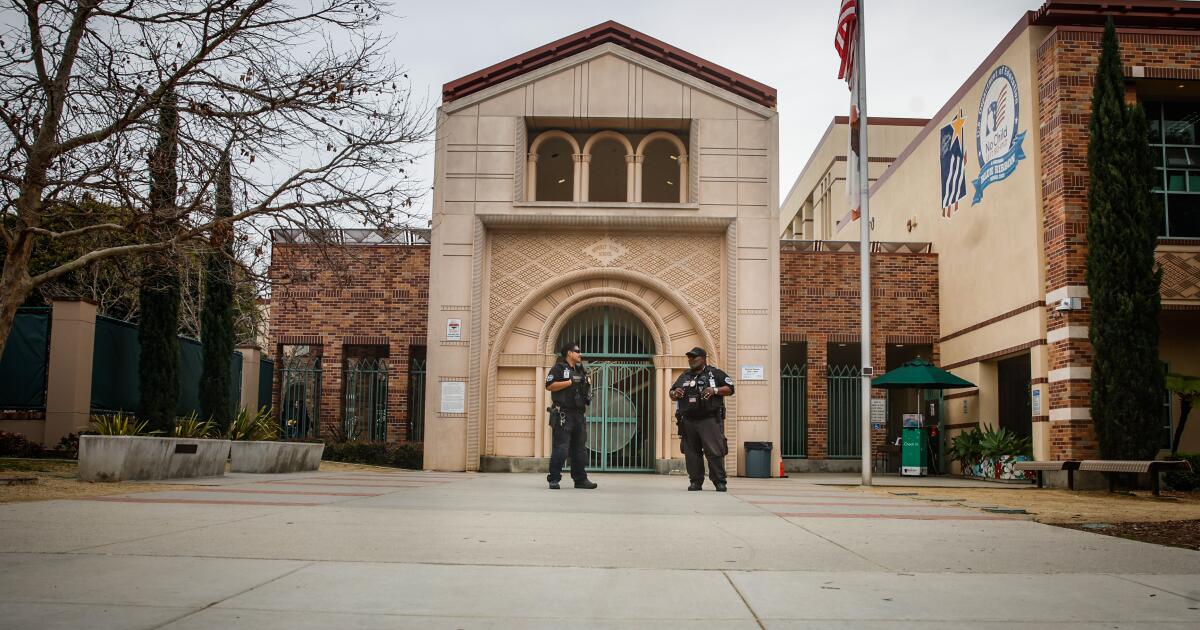Eight former Dodgers are on the Hall of Fame ballot, although none of them are likely to wear the team's cap if inducted.
Several follow a long and curious tradition of future Hall of Famers playing for the Dodgers for a blink of an eye near the end of distinguished careers, their greatness largely a memory.
An outlier is Adrián Beltré, a sure candidate to be elected in the first election this year. He signed with the Dodgers at age 16, broke into the majors with them at age 19 and left as a free agent after seven seasons, capped by a monster walk year in 2004, when he hit 48 home runs and posted a 1.017 batting average. base of another world. positive slugging percentage.
However, Beltré capped his 22-year career with eight exceptional seasons in Texas that burnished his Hall of Fame bona fides. He will almost certainly wear a Rangers cap in Cooperstown. All but two of 189 Baseball Writers Association. of American voters whose ballots have been made public have voted for him.
Gary Sheffield, hovering around 75% of the votes needed for induction in his final year on the ballot, would have an interesting salary cap decision. The slugger played for seven teams in 22 years and spent most of his time (parts of six seasons) and won his only World Series with the Florida Marlins. He had three and a half extremely productive years with the Dodgers from 1998 to 2001, but he also starred for several other teams. He seems to me to be an excellent candidate to opt for a cap without a logo, an option from recent years.
Fred McGriff, who played for six teams, including a forgettable year with the Dodgers, arrived without a logo last year. Roy Halladay and Mike Mussina, both inducted in 2019, don't have logos and neither does Yogi Berra, but that's because his head is bent over his badge.
Greg Maddux also doesn't have a logo because he split his most productive streak between the Braves and Cubs and couldn't choose. That 19 of his 760 career starts came in a Dodgers uniform in 2006 and 2008 presumably didn't figure into the equation.
Before 2001, elected officials chose the logos on their caps. Since then, however, HOF officials ask a player what his preference is, but make the decision based on where he “left his most indelible mark,” according to former Hall president Jeff Idelson.
The plaques hanging in the Hall of Fame currently honor the 340 players, managers and contributors elected since 1936. The plaques include a relief bronze sculpture of the player wearing a cap backed by two crossed baseball bats and a laurel wreath. .
The former Dodgers on this year's ballot, other than Beltré and Sheffield, have little chance of being inducted, and only Adrián González spent a significant number of his productive seasons in Chavez Ravine. However, it appears that he will not reach the 5% of total votes needed to remain on the ballot.
Manny Ramirez hit .396 after coming to the Dodgers in a midseason trade in 2008 and has Hall of Fame numbers, but he appears on less than 40% of the ballots made public. He was suspended for testing positive for performance-enhancing drugs in 2009 with the Dodgers and again in 2011 with Tampa Bay.
Andruw Jones has about 70% of the public vote, although anyone who saw him play only during his one season with the Dodgers would wonder why. Overweight and out of shape, though only 31, he hit .158 with three home runs and 14 RBIs in 2008 while earning $21.4 million, his time in Atlanta as baseball's leading center fielder in the rearview mirror. .
Also on the ballot are outfielder Bobby Abreu, who hit .246 in Los Angeles during the 17th of his 18 seasons, and Jimmy Rollins, who posted a .224/.285/.358 line as a Dodgers shortstop at his age. . 36 in 2015.
Chase Utley has a good chance of eventually making the Hall of Fame, although he got about 44% of the vote in his first year. His HOF-worthy seasons were spent in Philadelphia, although from 2015 to 2018 he was a strong clubhouse presence and a solid player with the Dodgers. One lasting contribution was convincing several teammates to adopt dairy-free diets.
So much for the current harvest. Let's turn back time with a quick test:
Which of the following Hall of Famers never played for the Dodgers? Jim Thome, Rickey Henderson, Gary Carter, Juan Marichal, Frank Robinson, Hoyt Wilhelm, Jim Bunning, Tony Lazzeri, Paul Waner, Lloyd Waner, Waite Hoyt, Kiki Cuyler.
Answer? None! They were all Dodgers, but not for long.
Thome's time in Los Angeles was baseball's definition of a Hollywood cameo, 17 pinch-hit appearances in September 2009 during which he hit zero of his 612 career home runs. He had a clutch single in the Dodgers' victory over the Phillies in Game 2 of the National League Championship Series.
Henderson was a Dodgers player in 2003 at age 44, the last of his illustrious 25-year career. He hit .208 in 30 games and accumulated the last three of his all-time record of 1,406 stolen bases and the last seven of his all-time record of 2,295 runs scored.
Carter's cap choice sparked controversy because he wanted to wear the Mets logo, but the Hall insisted he choose the Expos. The Dodgers, for whom in 1991 he hit .246 with six home runs in the 18th of his 19 seasons, were not in the conversation.
Marichal was a Dodger hater as the San Francisco Giants ace for 14 years, best known for hitting catcher John Roseboro in the head with a bat in 1965. However, he ended his career with two forgettable starts for Los Angeles. in 1975, allowing nine earned runs in six innings before retiring due to back pain.
Three Hall of Famers with long careers played for the Dodgers in 1972, but only starting pitcher Don Sutton wears a Dodgers cap on his license plate. Robinson led the Orioles to four World Series, including a four-game sweep of the Dodgers in 1966 in which he was the Most Valuable Player. He hit 19 of his 586 career home runs with the Dodgers in his only season with them. Knuckleball specialist Wilhelm pitched 42 innings of relief for the Dodgers in the last two of his 21 years before retiring at age 49.
Bunning, the only major league player elected to the Hall of Fame and the United States Senate, pitched half a season for the Dodgers in 1969, pitching 56 of his 3,760 career innings and earning three of his 224 wins for them. Hoyt's career numbers were almost identical to Bunning's a generation earlier (him posting 237 wins in 3,762 innings) and he finished his career with the Brooklyn Dodgers, going 0-3 in 1938.
Lazzeri, a second baseman, helped the Yankees win five World Series titles between 1927 and 1937 playing alongside Babe Ruth and Lou Gehrig. However, he had 39 at-bats in 14 games in Brooklyn to start the 1939 season before the Dodgers released him. He finished the season, his last, with the New York Giants.
Cuyler, an outfielder blessed with power and speed, wears the Cubs logo on his HOF cap and also played for the Pirates and Reds. However, he eventually found himself in a Brooklyn uniform, batting .273 as a part-time player in 1938.
Brothers Paul and Lloyd Waner were icons of the Pittsburgh Pirates in the late 1920s and 1930s, who accumulated more than 5,000 hits between them and posted career batting averages well over .300.
Paul joined a Brooklyn lineup in 1941 that included future Hall of Famers Joe Medwick and Pee Wee Reese. He but he was released after hitting .171 in 11 games. He returned to the Dodgers in 1943 and hit .311, but was released at the end of the 1944 season. Lloyd's stint as a Dodger was even briefer, going 3-for-14 in 1944.
Hall of Famers wearing Los Angeles Dodgers logos are surprisingly few: Sandy Koufax, Don Drysdale and Don Sutton. That's all as players. Walter Alston and Tom Lasorda join them as directors.
Other names that come to mind (Jackie Robinson, Roy Campanella, Duke Snider, Reese, etc.) wear caps with the Brooklyn “B” or chose another team's logo: Mike Piazza and Gil Hodges came in as Mets.
All of which results in an oddity: The road to Cooperstown often passed through Brooklyn or Los Angeles, but most were mere stopovers that stained the backs of Hall of Fame baseball cards.

